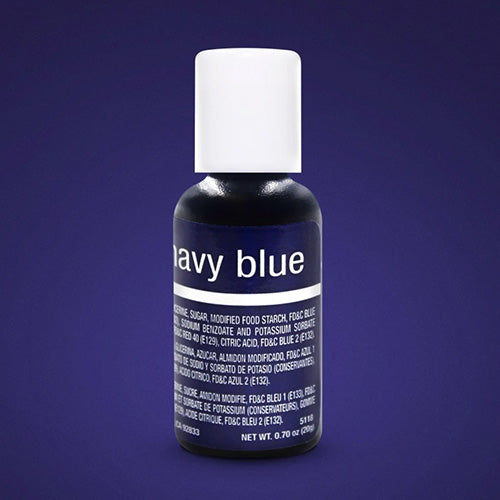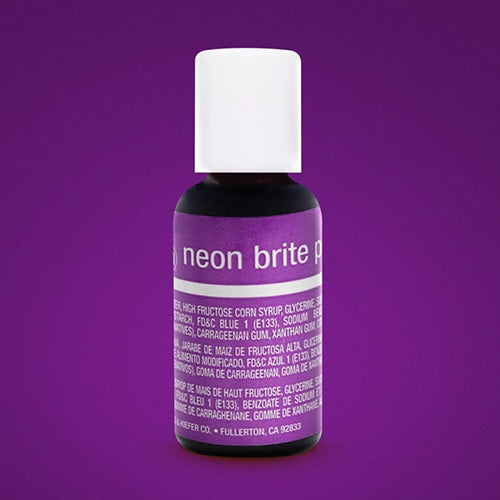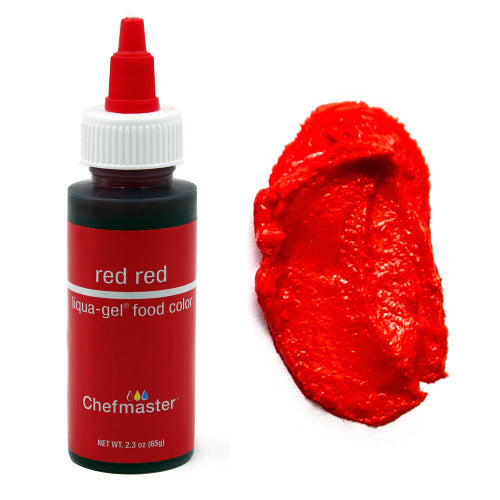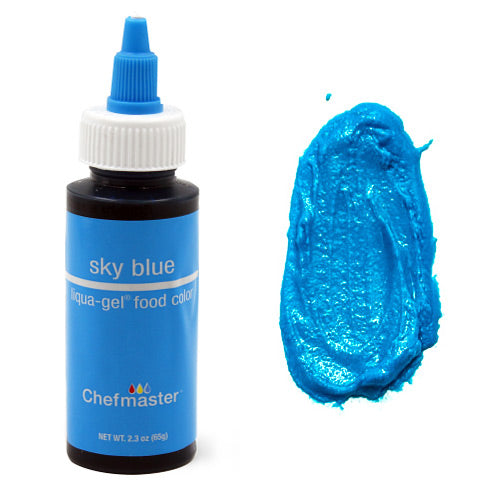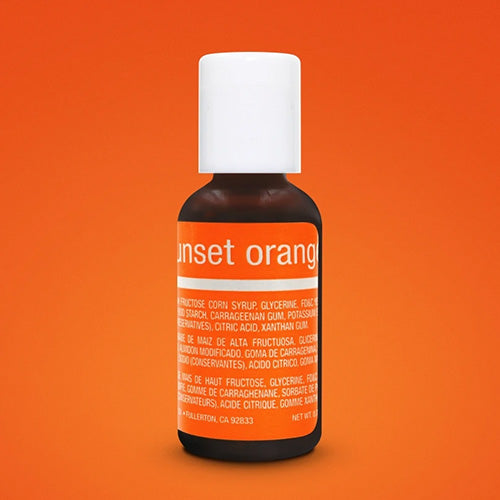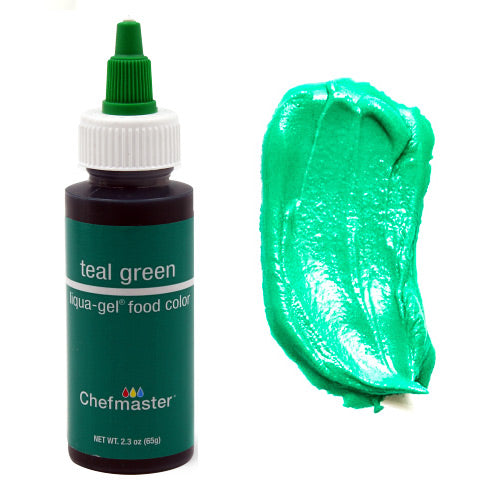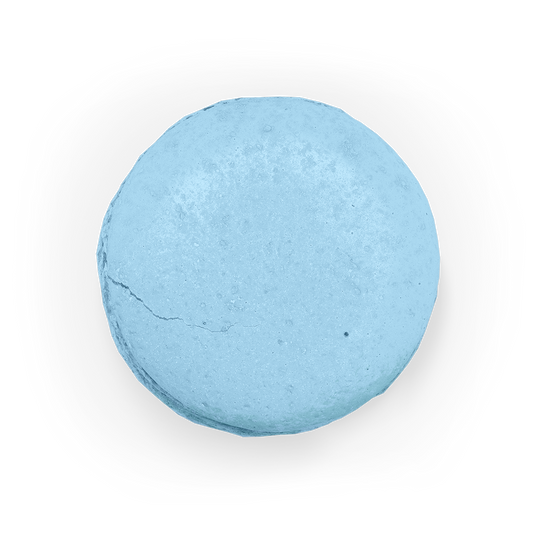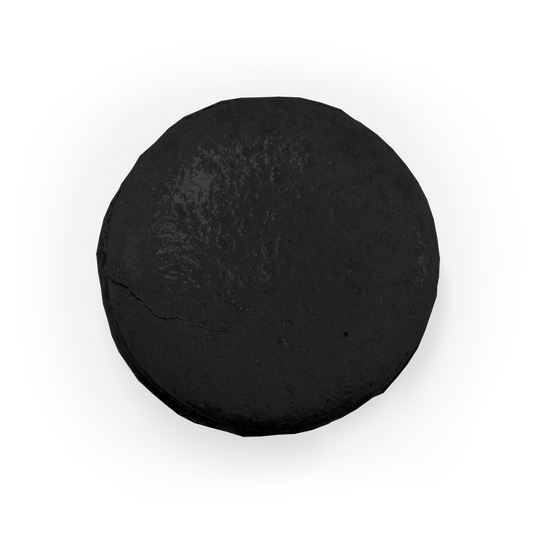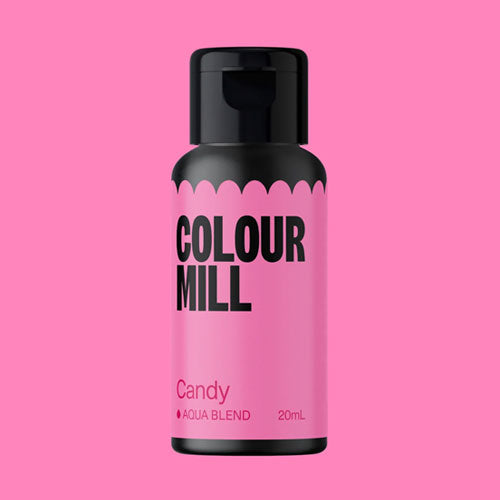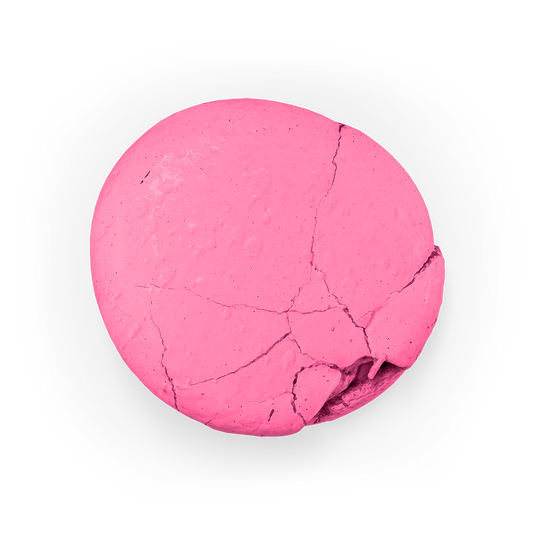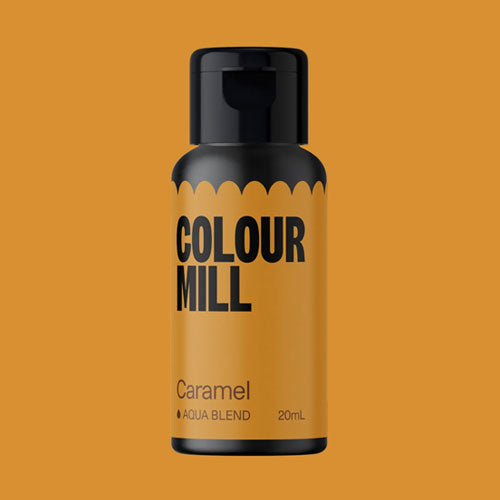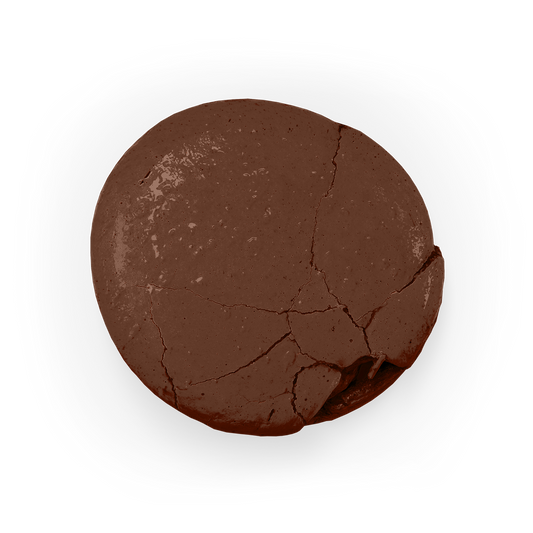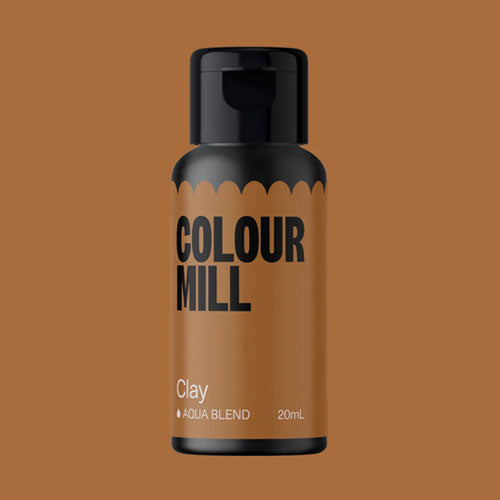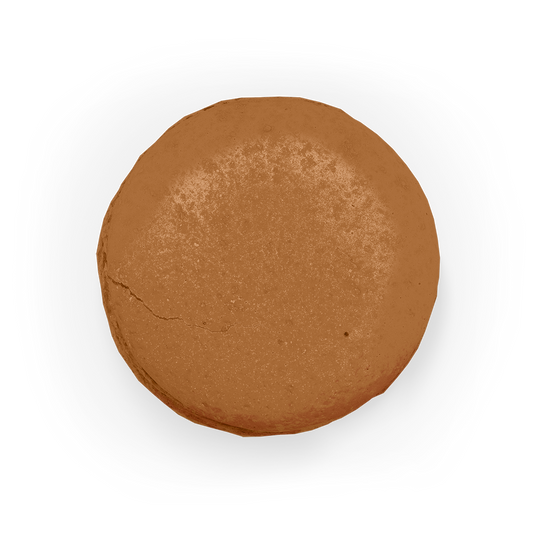Food Colouring
-
Chefmaster Liqua-Gel Navy Blue 0.7oz
Regular price $4.95 AUDRegular priceUnit price per$0.00 AUDSale price $4.95 AUD -
Chefmaster Liqua-Gel Neon Brite Blue 0.7oz
Regular price $4.95 AUDRegular priceUnit price per$0.00 AUDSale price $4.95 AUD -
Chefmaster Liqua-Gel Neon Brite Blue 2.3oz
Regular price $14.95 AUDRegular priceUnit price per$0.00 AUDSale price $14.95 AUD -
Chefmaster Liqua-Gel Neon Brite Green 0.7oz
Regular price $4.95 AUDRegular priceUnit price per$0.00 AUDSale price $4.95 AUD -
Chefmaster Liqua-Gel Neon Brite Orange 0.7oz
Regular price $4.95 AUDRegular priceUnit price per$0.00 AUDSale price $4.95 AUD -
Chefmaster Liqua-Gel Neon Brite Pink 0.7oz
Regular price $4.95 AUDRegular priceUnit price per$0.00 AUDSale price $4.95 AUD -
Chefmaster Liqua-Gel Neon Brite Pink 2.3oz
Regular price $14.95 AUDRegular priceUnit price per$0.00 AUDSale price $14.95 AUD -
Chefmaster Liqua-Gel Neon Brite Purple 0.7oz
Regular price $4.95 AUDRegular priceUnit price per$0.00 AUDSale price $4.95 AUD -
Chefmaster Liqua-Gel Neon Brite Purple 2.3oz
Regular price $14.95 AUDRegular priceUnit price per$0.00 AUDSale price $14.95 AUD -
Chefmaster Liqua-Gel Neon Brite Yellow 0.7oz
Regular price $4.95 AUDRegular priceUnit price per$0.00 AUDSale price $4.95 AUD -
Chefmaster Liqua-Gel Neon Brite Yellow 2.3oz
Regular price $14.95 AUDRegular priceUnit price per$0.00 AUDSale price $14.95 AUD -
Chefmaster Liqua-Gel Purple 0.7oz
Regular price $4.95 AUDRegular priceUnit price per$0.00 AUDSale price $4.95 AUD -
Chefmaster Liqua-Gel Red Red 2.3oz
Regular price $14.95 AUDRegular priceUnit price per$0.00 AUDSale price $14.95 AUD -
Chefmaster Liqua-Gel Rose Pink 0.7oz
Regular price $4.95 AUDRegular priceUnit price per$0.00 AUDSale price $4.95 AUD -
Chefmaster Liqua-Gel Rose Pink 2.3oz
Regular price $14.95 AUDRegular priceUnit price per$0.00 AUDSale price $14.95 AUD -
Chefmaster Liqua-Gel Royal Blue 0.7oz
Regular price $4.95 AUDRegular priceUnit price per$0.00 AUDSale price $4.95 AUD -
Chefmaster Liqua-Gel Royal Blue 2.3oz
Regular price $14.95 AUDRegular priceUnit price per$0.00 AUDSale price $14.95 AUD -
Chefmaster Liqua-Gel Sky Blue 0.7oz
Regular price $4.95 AUDRegular priceUnit price per$0.00 AUDSale price $4.95 AUD -
Chefmaster Liqua-Gel Sky Blue 2.3oz
Regular price $14.95 AUDRegular priceUnit price per$0.00 AUDSale price $14.95 AUD -
Chefmaster Liqua-Gel Sunset Orange 0.7oz
Regular price $4.95 AUDRegular priceUnit price per$0.00 AUDSale price $4.95 AUD -
Chefmaster Liqua-Gel Super Red 2.3oz
Regular price $14.95 AUDRegular priceUnit price per$0.00 AUDSale price $14.95 AUD -
Chefmaster Liqua-Gel Teal Green 0.7oz
Regular price $4.95 AUDRegular priceUnit price per$0.00 AUDSale price $4.95 AUD -
Chefmaster Liqua-Gel Teal Green 2.3oz
Regular price $14.95 AUDRegular priceUnit price per$0.00 AUDSale price $14.95 AUD -
Chefmaster Liqua-Gel Turquoise 0.7oz
Regular price $4.95 AUDRegular priceUnit price per$0.00 AUDSale price $4.95 AUD -
Chefmaster Liqua-Gel Violet 0.7oz
Regular price $4.95 AUDRegular priceUnit price per$0.00 AUDSale price $4.95 AUD -
Chefmaster Liqua-Gel Violet 2.3oz
Regular price $14.95 AUDRegular priceUnit price per$0.00 AUDSale price $14.95 AUD -
Colour Mill Aqua Based Colouring 20ml Kickstarter Set 12pcs
Regular price $95.40 AUDRegular priceUnit price per$0.00 AUDSale price $95.40 AUD -
Colour Mill Aqua Blend 20ml BABY BLUE
Regular price $7.95 AUDRegular priceUnit price per$0.00 AUDSale price $7.95 AUD -
Colour Mill Aqua Blend 20ml BABY PINK
Regular price $7.95 AUDRegular priceUnit price per$0.00 AUDSale price $7.95 AUD -
Colour Mill Aqua Blend 20ml BLACK
Regular price $6.50 AUDRegular priceUnit price per$0.00 AUDSale price $6.50 AUD -
Colour Mill Aqua Blend 20ml BLUE BELL
Regular price $7.95 AUDRegular priceUnit price per$0.00 AUDSale price $7.95 AUD -
Colour Mill Aqua Blend 20ml BURGUNDY
Regular price $7.95 AUDRegular priceUnit price per$0.00 AUDSale price $7.95 AUD -
Colour Mill Aqua Blend 20ml CANDY
Regular price $7.95 AUDRegular priceUnit price per$0.00 AUDSale price $7.95 AUD -
Colour Mill Aqua Blend 20ml CARAMEL
Regular price $7.95 AUDRegular priceUnit price per$0.00 AUDSale price $7.95 AUD -
Colour Mill Aqua Blend 20ml CHOCOLATE
Regular price $7.95 AUDRegular priceUnit price per$0.00 AUDSale price $7.95 AUD -
Colour Mill Aqua Blend 20ml CLAY
Regular price $7.95 AUDRegular priceUnit price per$0.00 AUDSale price $7.95 AUD
Food Colouring
Explore our selection of gel and powder colouring
At Baking Pleasures, we stock an extensive range of high-quality food colouring and food dye, perfect for all of your baking needs. Our gel food colouring stands out for its extraordinary concentration, allowing you to achieve vibrant, bold hues with just a minuscule amount.
We stock a wide range of colours from well known brands such as Chefmaster, Wilton, Rolkem, Colour Mill Food Colouring, and Vivid. Our extensive collection ensures you have the perfect shades to bring your confections to life. Discover all kinds of food colouring gel in our range above!
A quick guide to food colouring
Food colour is an essential ingredient in the culinary world, transforming ordinary dishes into vibrant works of art. From the subtle pastel hues of a delicate macaron to the bold and striking colours of a themed birthday cake, food gels and dyes play a crucial role in both professional and home kitchens. This guide delves into various types of food colours, including the benefits of using different forms and the unique properties of specific colours.
Different types of food colouring
It comes in several forms, each suited to different applications. The most common types are liquid, gel, and powder.
Liquid Food Colouring
This is the most traditional and widely available type. It is perfect for light pastel colours and is commonly used in home baking for icings and cake batters. However, it can sometimes dilute the consistency of the mixture, which is a consideration when achieving specific textures.
Gel Food Colouring
Known for its concentrated formula, gel food colouring is a favourite among professional bakers. It provides intense colours without altering the consistency of the batter or frosting. This makes it ideal for detailed work such as piping and intricate decorations. Food colouring gel is available in a wide range of hues, including vibrant shades like blue colour gel and red gel food colour.
Powdered Food Colouring
This type is highly concentrated and versatile, making it suitable for dry mixes or adding a punch of colour without extra moisture. It’s particularly useful for applications where water-based colourings might not work well, such as chocolate and dry mixes.
Oil-Based Food Colouring
Specifically designed for use with fat-based products like chocolate, buttercream, and ganache, oil-based colouring ensures that the colours integrate seamlessly without causing the mixture to seize or separate. Brands like Colour Mill have perfected this formula, offering a range of vibrant and stable colours.
Airbrush Food Colouring
Airbrush food colours are designed for airbrush machines, providing vibrant, even coverage for cakes and confections. Ideal for intricate designs and gradients, it offers precise control and seamless blending. Perfect for professional finishes, it enhances desserts with a wide range of hues and detailed, stunning results. This versatile option can also double as paint, offering you the flexibility to create intricate cake designs and gradient effects on your cakes and desserts.
How to best use different colours of food dye!
Different colours have unique properties and uses in baking and cooking. Here are some of the most popular:
Black: Achieving a true black can be challenging with regular food colours. Black food colouring, often available in gel form, is essential for creating bold and dramatic effects, perfect for Halloween treats or elegant black-tie event desserts.
Blue: From sky blue to deep navy, blue food colouring is a versatile choice. It’s often used in themed cakes and cookies, adding a calming or striking element depending on the shade.
Red: Red is a staple in festive baking. Whether you’re creating vibrant red velvet cakes, heart-shaped cookies, or Christmas-themed treats, red food colour is indispensable. Gel forms are particularly popular for achieving a rich, deep red without needing large quantities.
White: White food colouring is used to lighten other colours or to add an opaque effect to frostings and fondants. It is essential for creating pastel shades and is often used in royal icing to ensure a bright, clean white.
FAQs about food colouring and dyes
What food colouring do professionals use?
Professionals often use gel food colouring due to their concentrated pigments and ability to achieve vibrant colours without altering the texture of recipes. Brands like Chefmaster and Wilton are popular among bakers and chefs.
Is liquid or gel food colouring better?
Gel food colouring is generally better as it provides more intense colour with less product, making it ideal for icings, fondant, and batters. Liquid food colouring is more diluted and suited for lighter applications like beverages.
Is there a difference between food dyes and colouring?
Food dyes refer to the raw, concentrated colouring agents, while food colouring often refers to the ready-to-use product, which can be liquid, gel, or powder, made with these dyes.
Is food colouring safe for you?
Yes, food colouring is safe when used in moderation and sourced from approved, food-grade suppliers. Always check labels for allergen information or specific dietary needs.
Can you make food dye at home?
Yes, you can make food dye at home using natural ingredients like beetroot (red), turmeric (yellow), spinach (green), or blueberries (blue). Blend and strain these ingredients for a homemade, natural alternative. For the best results though, get your food colour dyes from Baking Pleasures today!
Related Food Colouring Categories
Gel Food Colours | Oil Based Food Colouring | Powdered Food Colouring | Water Based Food Colours | Halal Food Colouring | Colour Mill | Chefmaster | Vivid

